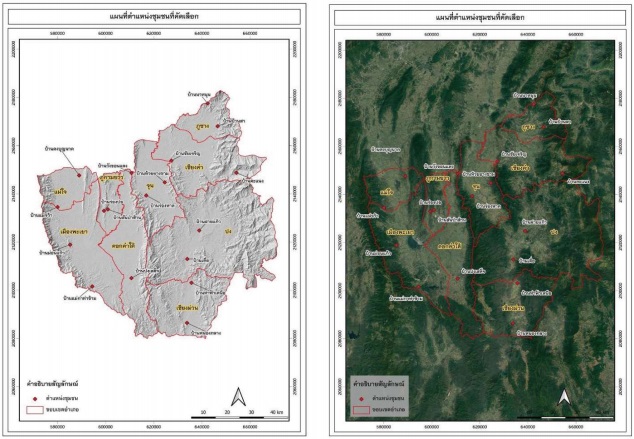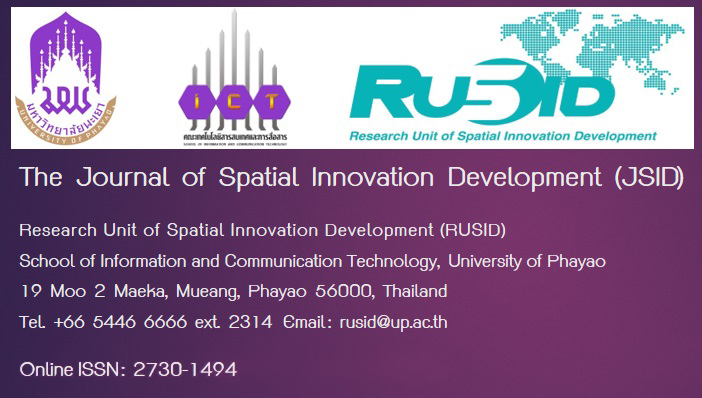Assessing the Potential of Prototype Communities for Smog and Forest Fires Management in Phayao Province
Keywords:
potential assessment, the prototype community, smog and forest firesAbstract
The studying and assessing the potential of prototype communities for smog and forest fires management in Phayao province from all 9 districts, specifying two communities per district, totaling 18 communities. The study method was conducted by using the interview questionnaire which was developed by combining relevant documents and research. Then synthesized as an interview form consisting of 5 criteria including community plans, community forest agreements, community participation activities to tackle forest fires and smog, public relations communications to tackle forest fires and smog, and the support from the government agencies and private sectors. Then, they visited 18 communities survey sites between June and July 2020 and summarize the results of the analysis of community potential along with positive factors (existing potential and supporting mechanism) and negative factors (Limitations and obstacles).
The results showed that community forest preservation operations have all originated from the need to conserve forests as a legacy of the community's children, while external support is only a small part of the support. Most communities are similar in surveillance methods for forest fires and haze, that is during the province's ban on burning the community will join together to make a line for fire protection or may burn before the province is announced establishment of forest fire surveillance and screening people to enter the community forest. As for caring for the forest during normal times, the community has established rules and consensus on the care of the forest, prohibitions and penalties Including permission to use the forest. The past operation has been supported by the government agencies especially the district officer, local government organizations, and government agencies that manage forest resources including the department of forestry that takes care of the national forest areas and the department of national parks, wildlife and plant conservation that takes care protected forest areas adjacent to the community. Such departments will come to support and strengthen the care of the forest, forest fire patrol and surveillance with the community, so that community forests act as buffers in the preservation of the national park area. However, the level and continuity of support may vary from community to community.





